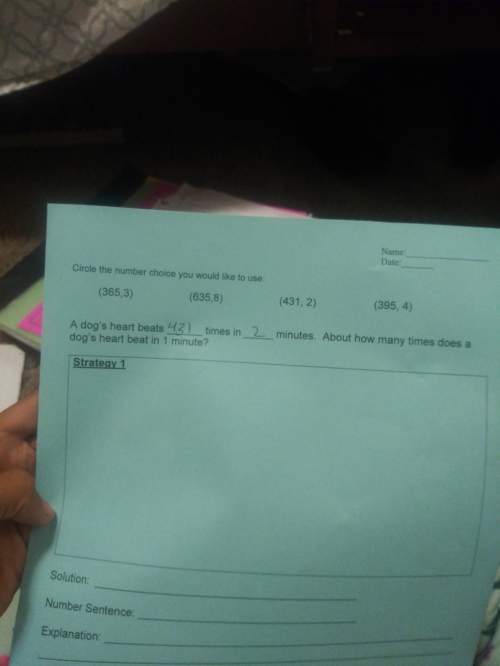
To apply problem-solving strategy 23.1 electromagnetic waves. an electromagnetic wave of wavelength 435 nm is traveling in vacuum in the –z direction. the electric field has an amplitude of 2.70×10−3v/m and is parallel to the x axis. what are the frequency and the magnetic-field amplitude of this wave?

Answers: 3
Another question on Physics

Physics, 22.06.2019 06:00
The frequency of vibrations of a vibrating violin string is given by f = 1 2l t ρ where l is the length of the string, t is its tension, and ρ is its linear density.† (a) find the rate of change of the frequency with respect to the following. (i) the length (when t and ρ are constant) (ii) the tension (when l and ρ are constant) (iii) the linear density (when l and t are constant) (b) the pitch of a note (how high or low the note sounds) is determined by the frequency f. (the higher the frequency, the higher the pitch.) use the signs of the derivatives in part (a) to determine what happens to the pitch of a note for the following. (i) when the effective length of a string is decreased by placing a finger on the string so a shorter portion of the string vibrates df dl 0 and l is ⇒ f is ⇒ (ii) when the tension is increased by turning a tuning peg df dt 0 and t is ⇒ f is ⇒ (iii) when the linear density is increased by switching to another string df dρ 0 and ρ is ⇒ f is ⇒
Answers: 3

Physics, 22.06.2019 08:00
While studying chemical reactions and conservation of matter, sarah's class conducted a variety of experiments. sarah and her lab partner found the mass of a wax candle and placed the candle in a flask. the students lit the candle and let it burn to completion. all that was left was wax and charred candle wick. per their teacher's instructions, the students found the mass of the products. their data can be seen in the data table. formulate a hypothesis the students could test to explain why the experiment did not support the law of conservation of matter. a) the students could repeat the experiment using different candles; there might have been a flaw in the candle. b) the experiment should be repeatable. the students should run several trials and then take an average of the after mass in each trial. c) the students should have someone in the class check their measurement skills as they repeat the experiment. they may have made an error using the balance. d) the students should burn the candle in a container that has some type of lid so that any gas that is a product of the reaction can be contained and massed. submit
Answers: 2

Physics, 22.06.2019 16:50
Acommercial refrigerator with refrigerant-134a as the working fluid is used to keep the refrigerated space at -35°c by rejecting waste heat to cooling water that enters the condenser at 18°c at a rate of 0.25 kg/s and leaves at 26°c. the refrigerant enters the condenser at 1.2 mpa and 50°c. if the compressor consumes 3.3 kw of power, determine (a) the mass flow rate of the refrigerant, (b) the refrigeration load, (c) the cop, and (d) the minimum power input to the compressor for the same refrigeration load.
Answers: 2

Physics, 22.06.2019 19:40
12. a body is a particular amount of matter. it can be a solid, liquid or gas. it can be described as existing in a. size and shape. b. motion and force c. time and space. d. location and movement.
Answers: 2
You know the right answer?
To apply problem-solving strategy 23.1 electromagnetic waves. an electromagnetic wave of wavelength...
Questions























